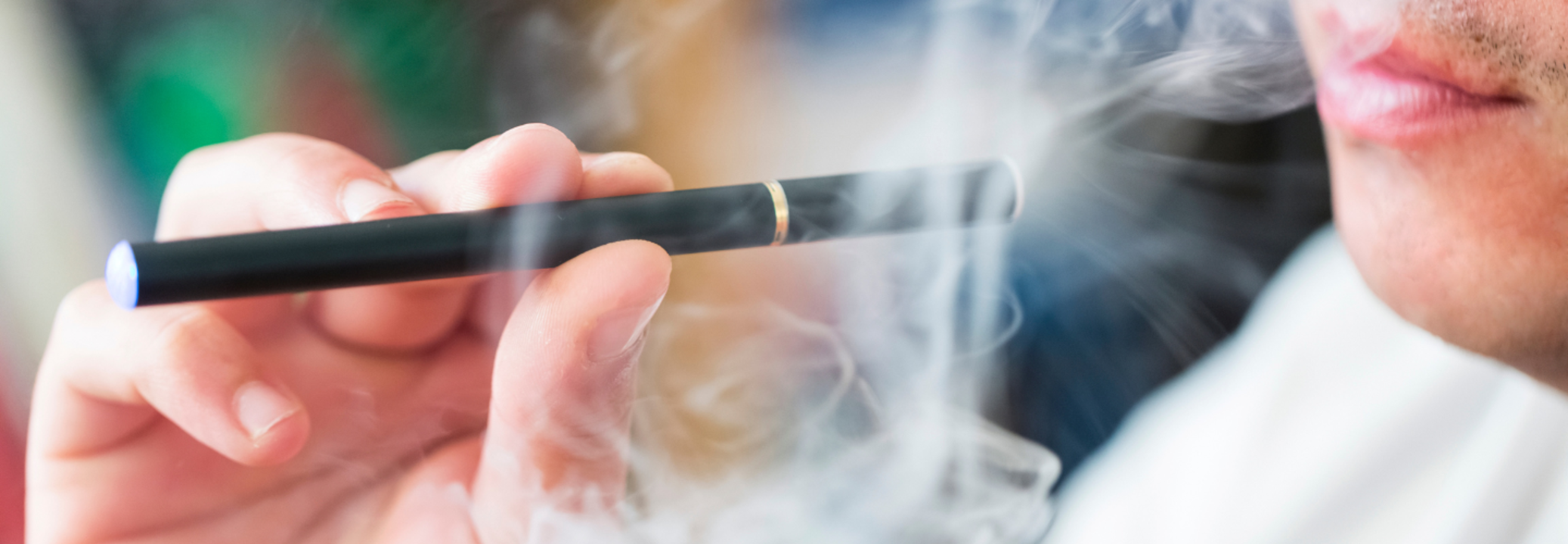World No Tobacco Day 2025: How “Safe” Vaping Is Hooking A New Generation On Nicotine?

Credits: Canva
SummaryWorld No Tobacco Day 2025: Despite being marketed as a safer alternative, vaping exposes users to nicotine, heavy metals, and toxic chemicals, making it a major threat to youth health on World No Tobacco Day.
End of Article
